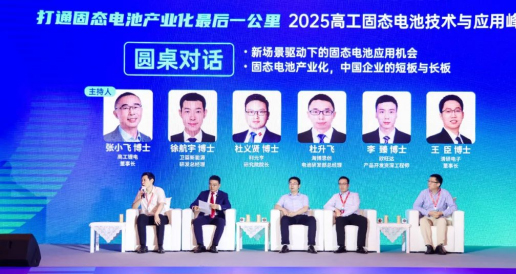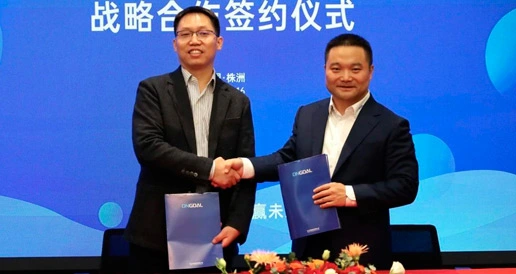Batteries power our daily lives, from smartphones to electric vehicles, but their ability to store and deliver energy diminishes over time due to internal chemical reactions. These reactions, occurring during charging and discharging, gradually degrade the battery's capacity, limiting the number of charge cycles it can endure. This blog explores the reasons behind the finite lifespan of batteries, focusing on the factors that contribute to degradation and strategies to extend their usability, offering insights into managing battery performance effectively.
At the heart of every battery's operation lies a chemical reaction that facilitates energy storage and release. As the battery undergoes repeated charge and discharge cycles, these reactions alter the internal components, such as the electrodes and electrolyte. Over time, these changes impair the battery's ability to hold a charge or deliver power efficiently, resulting in a gradual decline in performance. This chemical degradation is an inherent part of battery operation, making capacity loss an inevitable process that defines the battery's functional lifespan.
A charge cycle is defined as one complete charge from 0% to 100% followed by a full discharge back to 0%. The cycle life of a battery refers to the number of such cycles it can withstand before its capacity falls to a specified threshold, typically around 80% of its original capacity. This metric serves as a key indicator of a battery's longevity, with different battery types exhibiting varying cycle lives based on their design and chemistry. The gradual reduction in capacity with each cycle underscores the finite nature of a battery's usability.
Several factors impact the durability of a battery's cycle life. Extreme temperatures, whether excessively hot or cold, accelerate chemical reactions that degrade internal components, hastening capacity loss. Charging and discharging habits also play a significant role; deep discharges, where the battery is drained completely, and rapid charging at high rates place additional stress on the battery, shortening its lifespan. The type of battery chemistry further influences longevity, with lithium-ion batteries generally having a shorter cycle life compared to alternatives like lithium iron phosphate (LiFePO4), which is known for greater durability. Even when not in use, batteries experience calendar aging, a process where internal reactions continue to degrade components over time, particularly when stored at high states of charge or in warm environments.
In lithium-ion batteries, a primary contributor to capacity loss is the formation of a solid electrolyte interphase (SEI) layer on the electrodes. This layer, which forms as the battery cycles, consumes lithium ions that would otherwise participate in energy-producing reactions, reducing the available capacity. The growth of the SEI layer over time diminishes the battery's efficiency, making it a significant factor in the aging process of lithium-ion batteries, which are widely used in consumer electronics and electric vehicles due to their high energy density.
Although battery degradation cannot be entirely prevented, certain practices can extend a battery's lifespan. Avoiding extreme temperatures helps minimize harmful chemical reactions, preserving the integrity of internal components. Charging to around 80% instead of 100% for daily use reduces stress on the battery, as does avoiding complete discharges by keeping the charge level above 0%. When storing batteries for extended periods, maintaining a moderate state of charge, ideally around 50%, and keeping them in a cool environment can slow calendar aging, ensuring the battery remains functional for longer. These strategies empower users to maximize the performance and longevity of their batteries.
The limited charge cycles of batteries stem from chemical degradation driven by internal reactions that erode capacity over time. Factors like temperature, charging habits, battery chemistry, and storage conditions all influence cycle life, with lithium-ion batteries facing specific challenges like SEI layer formation. By adopting practices such as avoiding extreme temperatures, partial charging, and proper storage, users can extend battery lifespan. Understanding these dynamics highlights the importance of battery care in sustaining the devices that power our world.
 Next-Generation Lithium-ion Battery Cathode Materials
Next-Generation Lithium-ion Battery Cathode Materials
 Discussing New Opportunities of Dry Electrode Technology in Solid-State Battery Industry – Dr. Wang Chen from Tsingyan Electronics Attends 2025 Gaogong Lithium Battery Summit
Discussing New Opportunities of Dry Electrode Technology in Solid-State Battery Industry – Dr. Wang Chen from Tsingyan Electronics Attends 2025 Gaogong Lithium Battery Summit
 Win-Win Future | Tsingyan Electronics and Honggong Technology Reach a Strategic Partnership on Dry Film Innovation
Win-Win Future | Tsingyan Electronics and Honggong Technology Reach a Strategic Partnership on Dry Film Innovation